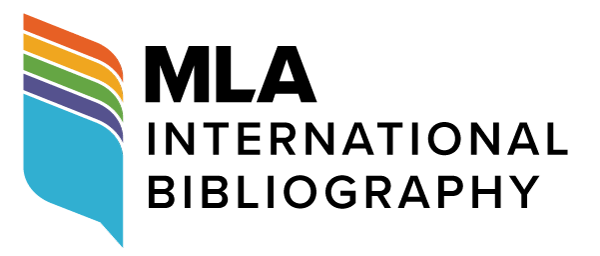Nothing of Woman: The Feminine Void of Matter in Shakespeare
DOI:
https://doi.org/10.18485/bells.2014.6.6Keywords:
Renaissance Neoplatonism, matter, the maternal, nothing, OAbstract
Studying the metaphysics of Renaissance Neoplatonism might arguably help throw into sharper relief some of the more haunting figures in Shakespeare’s work. Referring to the Neoplatonic concept of matter, this paper attempts to expand and further illuminate the figure that Philippa Berry has termed “Shakespeare’s tragic O’s” (2002) by showing it to connect multiple images of matter as the maternal/infernal void. In Shakespeare’s darker plays, the “O” as feminine prime matter can figure as a locus for the encounter with primordial matter, the womb/tomb that (en)matters and thus kills, “hell” and “nothing” that can indicate both unformed matter and the vaginal orifice, and the nothing – the 0 – out of which everything is made.
Downloads
References
Downloads
Published
Issue
Section
License
Copyright (c) 2021 Danica Igrutinović

This work is licensed under a Creative Commons Attribution-ShareAlike 4.0 International License.
Authors who publish with this journal agree to the following terms:
- Authors are confirming that they are the authors of the submitting article, which will be published (print and online) in Belgrade English Language and Literature Studies by the Faculty of Philology, University of Belgrade (Faculty of Philology, Studentski trg 3, 11000 Belgrade, Serbia). Author’s name will be evident in the printed article in the journal. All decisions regarding layout and distribution of the work are in hands of the publisher.
- Authors guarantee that the work is their own original creation and does not infringe any statutory or common-law copyright or any proprietary right of any third party. In case of claims by third parties, authors commit their self to defend the interests of the publisher, and shall cover any potential costs.
- Authors retain copyright and grant the journal right of first publication with the work simultaneously licensed under a Creative Commons Attribution-ShareAlike 4.0 International License that allows others to share the work with an acknowledgement of the work's authorship and initial publication in this journal.
- Authors are able to enter into separate, additional contractual arrangements for the non-exclusive distribution of the journal's published version of the work (e.g., post it to an institutional repository or publish it in a book), with an acknowledgement of its initial publication in this journal.
- Authors are permitted and encouraged to post their work online (e.g., in institutional repositories or on their website) prior to and during the submission process, as it can lead to productive exchanges, as well as earlier and greater citation of published work.




